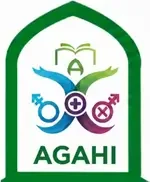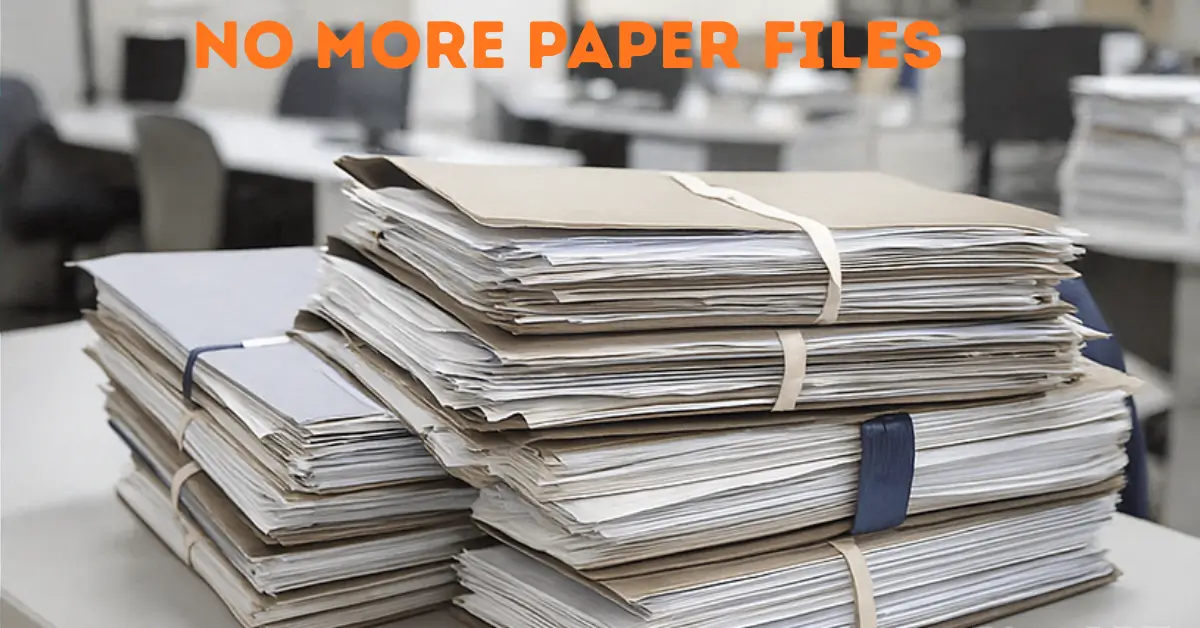e-FOAS system
The Punjab government has taken the important step of eliminating the traditional file system in its offices and digitizing all official documents. This move will not only improve the working procedures of the government but will also save government resources, increase the speed of work, and increase transparency. Syed Imtiaz, spokesperson of the Punjab Chief Secretary’s Office, provided details on how the Punjab government has taken a step towards digitization under its good governance agenda.
Complete Digitization of Papers in Civil Secretariat
The Punjab government has eliminated the traditional paper file system in its Civil Secretariat and various other offices. In this process, all paper documents have been converted to digital format so that every file and document can be uploaded to the new e-Filing and Office Automation System (e-FOAS). As a result, the use of paper files has been eliminated, and now all documents are being stored digitally.
The e-FOAS system aims to make government work faster and more organized. This new system organizes government documents in a computerized manner, which prevents unnecessary time wastage in government processes and speeds up the pace of work.
Coca-Cola Foundation Partners with Rizq to Provide 550,000+ Meals for Pakistan’s Flood Victims
Savings from eliminating paper processes
By eliminating the paper file system, the Punjab government will not only achieve better efficiency but will also save money. In the traditional file system, millions of rupees are spent every year on purchasing stationery, but after the introduction of the e-FOAS system, more than 80 percent of the stationery budget will be saved. This means that the government will save millions of rupees that can be spent on other development works.
In addition, the space required for paper files will now be freed up, which can be used for other important tasks. These savings will directly benefit the government in strengthening its financial position.
Efficacy and Benefits of the e-FOAS System
The e-FOAS system will make the work of the government faster, and all files can be tracked digitally. With the help of this system, the status of each file and its current location can be immediately known, which helps in increasing the speed of work. If the matter of a file is stuck in an office, the system will immediately inform the concerned authorities, which will enable immediate intervention and prevent delay in work.
An important feature of this system is its built-in alert system. If a file is unnecessarily kept in an office, an alert will be immediately sent to the Chief Secretary’s office. This alert system ensures that all files are processed on time and there are no obstacles in the work of the government.
How to Safely Verify BISP 8171 Payment Status Online with CNIC in 2025
Role of Digitalization in Good Governance Agenda
This step of digitalization of the Punjab government has emerged as an important part of its good governance agenda. This initiative will not only increase the transparency of government work but will also strengthen the accountability process. With the help of e-FOAS, every document will be tracked and its status will be monitored, which will bring more transparency in the internal affairs of the government and increase public confidence.
This digitalization is a reflection of the Punjab government’s commitment to not only improve public service but also be more responsible in its work.
Forward Progress and Future Expansion of e-FOAS
The Punjab government has introduced the e-FOAS system in the Civil Secretariat and some other offices, but its aim is to expand this system to the offices of the entire province. This system will not only speed up government work but also serve as a model for other provinces.
In the future, other departments of the Punjab government can also take advantage of this system, which can start a complete digitalization process in the entire province. As a result, the execution of government affairs will be more transparent and effective.
Streamline Your NADRA Appointment with Pak Identity App: A Step-by-Step Guide

